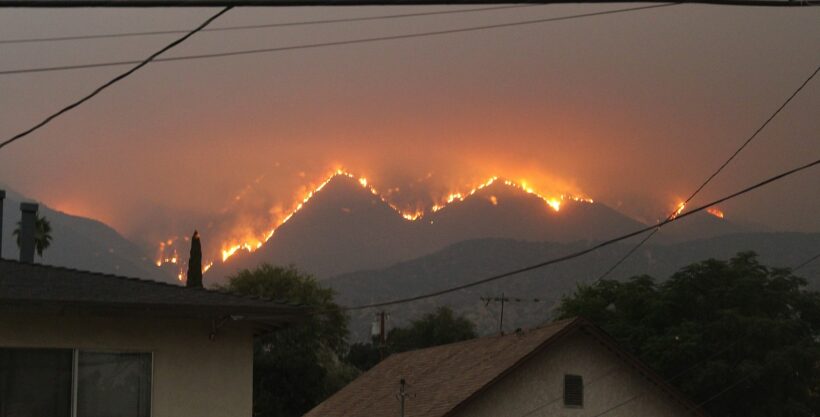On Saturday afternoon, the Post Fire began in a mountainous region of California, approximately 45 miles northwest of Los Angeles, according to authorities. By Sunday, it had burned more than 14,000 acres of brush and grasslands, forcing about 1,200 people to evacuate the popular Hungry Valley state recreation area, reported The New York Times.
By Cristen Hemingway Jaynes
The wildfire was only about two percent contained as of Sunday afternoon, the state’s largest so far this year, CalFire said.
“This is a taste of what’s to come,” said climate scientist Daniel Swain of the University of California, Los Angeles, as The New York Times reported.
About 400 firefighters were fighting the blaze, which CalFire said was moving toward Pyramid Lake, reported Reuters. So far, two nonresidential structures have been destroyed.
Containing the wildfire was proving difficult due to low humidity, high temperatures and strong winds, the state’s firefighting agency said.
Firefighters were building fire lines around the perimeter of the blaze, while water-dropping aircraft tried to stop it from spreading further.
The fire started around 2 p.m. Saturday in Los Angeles County, west of Interstate-5, NPR said.
From there it spread west to Ventura County, where it burned 2,000 acres, mostly in Los Padres National Forest, according to LAist.
Strong winds of 55 miles per hour with gusts as high as 70 on Sunday were forecast to decrease throughout Monday, the National Weather Service said.
CalFire said the cause of the Post fire is being investigated and no injuries have been reported.
According to CalFire data, wildfires have already burned roughly 41,900 acres in 2024, which is higher than the 27,100-acre average for the same period during the past five years.
Spokesperson for the LA County Fire Department Kenichi Haskett said fire officials were optimistic about making progress on the fire, reported The New York Times.
“Our goal is hopefully to be done within the week,” Haskett said.
Swain warned California residents to be cautious of the potential for wildfires as summer begins.
Precipitation extremes due to climate change have been bringing intense rainfall along with drought conditions to the state over the past few years.
Extreme heat has made grasses and brush in the region dry and flammable, with grasslands having a tendency to burn first, since they dry out the fastest, Swain said.
“Even though dryness levels are not record-breaking at this point, what is anomalous is just how much fuel there is,” Swain said, as The New York Times reported.
State and federal officials have used prescribed burning to reduce fuel on the ground and stop fires.
However, Swain explained that, despite efforts to prevent wildfires, climate change is creating a more dangerous and unpredictable environment.
“The more adverse the conditions, the more likely it is you get unlucky,” Swain said, as reported by The New York Times.






